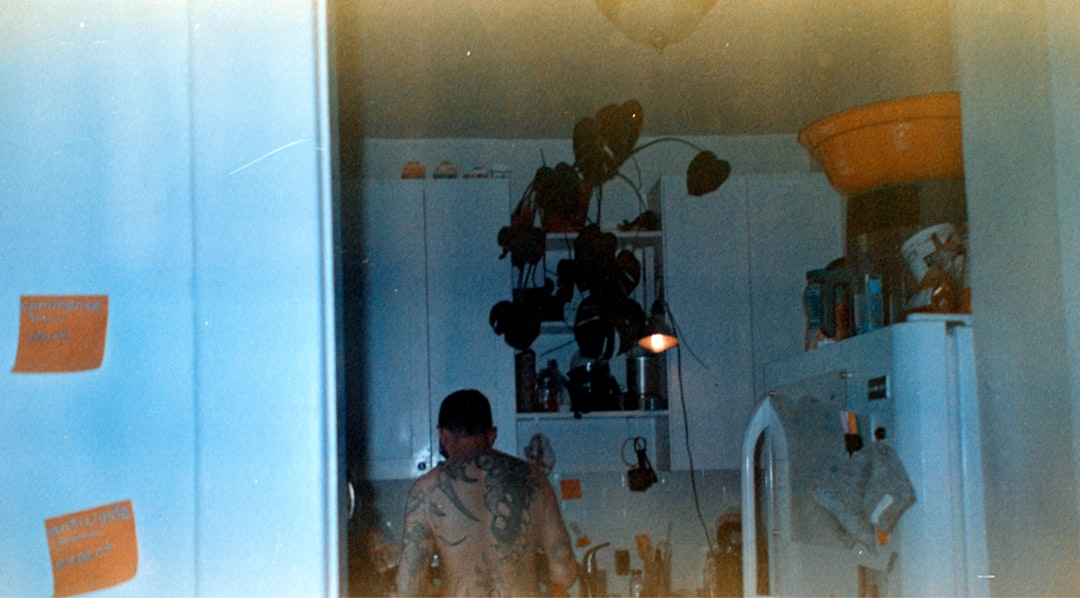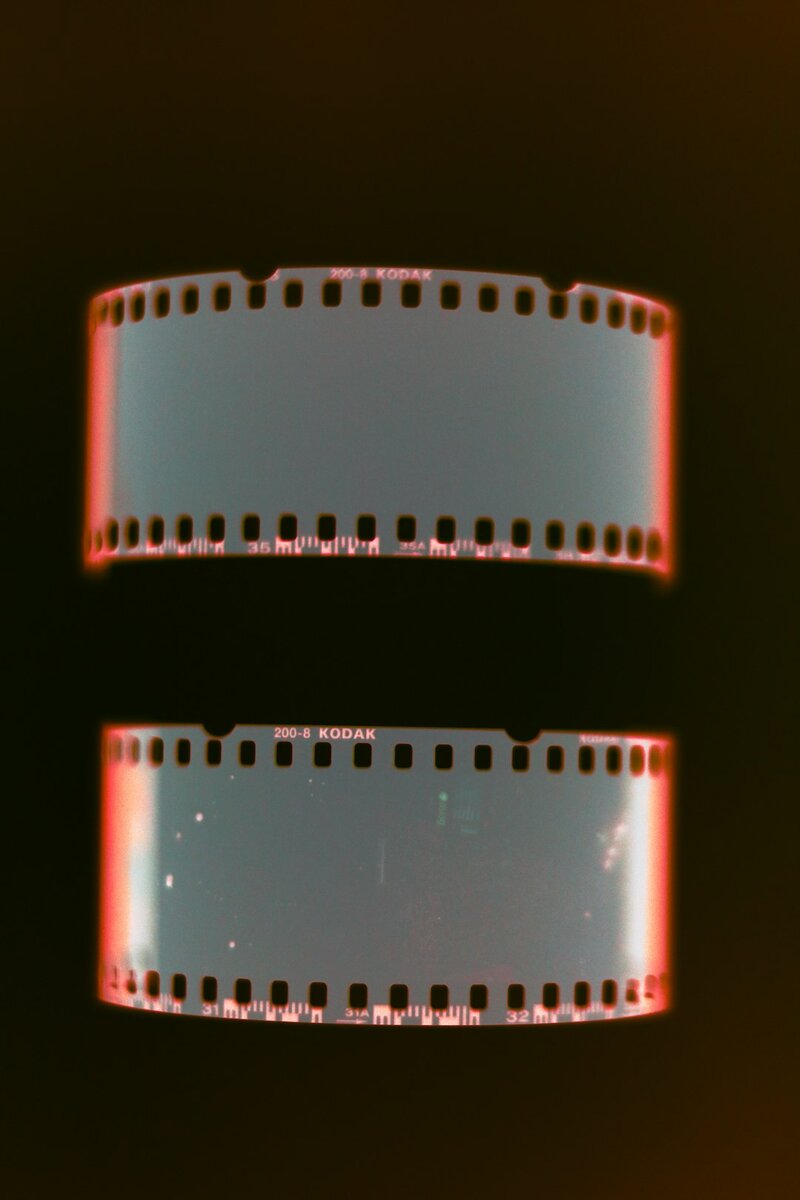Adobe has once again pushed the boundaries of visual content enhancement with the introduction of VideoGigaGAN: an impressive AI-based tool capable of 8x video upscaling while preserving rich details and cinematic quality. This groundbreaking technology stands as a massive leap forward in the realm of video super-resolution, enabling creators, filmmakers, and production houses to transform low-resolution footage into high-definition masterpieces.
VideoGigaGAN builds upon Adobe’s tradition of integrating artificial intelligence into creative tools, now leveraging their GAN (Generative Adversarial Network) architecture, previously seen in image upscaling, and fine-tuned specifically for consistent frame-by-frame video enhancement. The result is a system that balances enhanced sharpness with temporal consistency, solving one of the major challenges in AI-based video processing.

How VideoGigaGAN Works
At the heart of VideoGigaGAN lies a multi-layered GAN model meticulously trained on vast datasets of high-resolution video. The tool employs a dual-stage approach:
- Detail Reconstruction Stage – Responsible for adding fine textures, edges, and realistic details that resemble natural high-resolution footage.
- Temporal Stability Module – Ensures frames transition smoothly without flickering or ghosting artifacts, maintaining visual coherence through motion or scene changes.
Adobe’s engineers also implemented a smart attention mechanism, which prioritizes high-interest regions in a video frame—such as faces, fast-moving objects, or text—allowing for targeted and efficient upscaling that mimics manual enhancement workflows.
Unparalleled Detail Recovery
Unlike conventional upscaling methods that lean heavily on interpolation or basic noise reduction, VideoGigaGAN is capable of intelligently synthesizing missing or blurry information. For example, it can reconstruct fabric texture, hair strands, and environmental details that were previously irretrievable from low-resolution footage.
This AI-driven method doesn’t just upscale—it enhances. By inferring data from context and trained patterns, the software dramatically improves the perceived realism of the video—all in real-time or with minimal post-production delay.

Applications in the Creative Industry
The implications of this technology are vast. It opens doors to revitalizing archival footage, optimizing low-bitrate streaming content, and enhancing final renders in budget-constrained video production environments. Here are some of its most promising use cases:
- Film Restoration – Breathing new life into classic cinema by turning aged, blurry scenes into high-definition works of art without manual editing.
- Content Upscaling for Modern Displays – Scaling up old YouTube videos or television broadcasts to match the visual expectations of 4K HDTVs and 8K monitors.
- Social Media and Advertisements – Allowing marketers to upscale mobile-shot content to professional-quality ads for multi-platform publication.
What sets Adobe’s solution apart is its blend of automation and artistry—ensuring that the AI doesn’t just work fast, but works *well*, respecting both the motion dynamics and aesthetic character of the original footage.
Availability and Integration
VideoGigaGAN is currently being tested in Adobe’s experimental research environment and may see integration with tools like Premiere Pro and After Effects in future updates. Creators who rely on Adobe Creative Cloud can look forward to a time-saving, efficiency-boosting plug-in that elevates standard and low-res content with just a few clicks.
Frequently Asked Questions (FAQ)
-
Q: How is VideoGigaGAN different from standard upscaling or interpolation?
A: Standard methods often interpolate pixels linearly, which results in blurred or soft visuals. VideoGigaGAN uses AI to predict and “rebuild” fine details, offering sharper and more realistic outcomes. -
Q: Can VideoGigaGAN handle fast motion scenes?
A: Yes. The tool’s temporal stability mechanisms ensure that fast-moving or transitioning frames remain clean and consistent without introducing flicker or jitter. -
Q: Will it be available in Adobe Premiere Pro soon?
A: While Adobe has not set a public release date, they have confirmed interest in integrating the tool into their Creative Cloud suite in the near future. -
Q: What type of input resolution does it support?
A: It supports low to mid-resolution video inputs and can scale them up to UHD or higher, depending on the quality of the source and motion complexity.
Adobe’s VideoGigaGAN marks a pivotal moment in the evolution of AI-powered video editing tools. As AI continues to blend seamlessly into creative workflows, the possibilities for storytelling, preservation, and content creation are expanding at an extraordinary pace.

